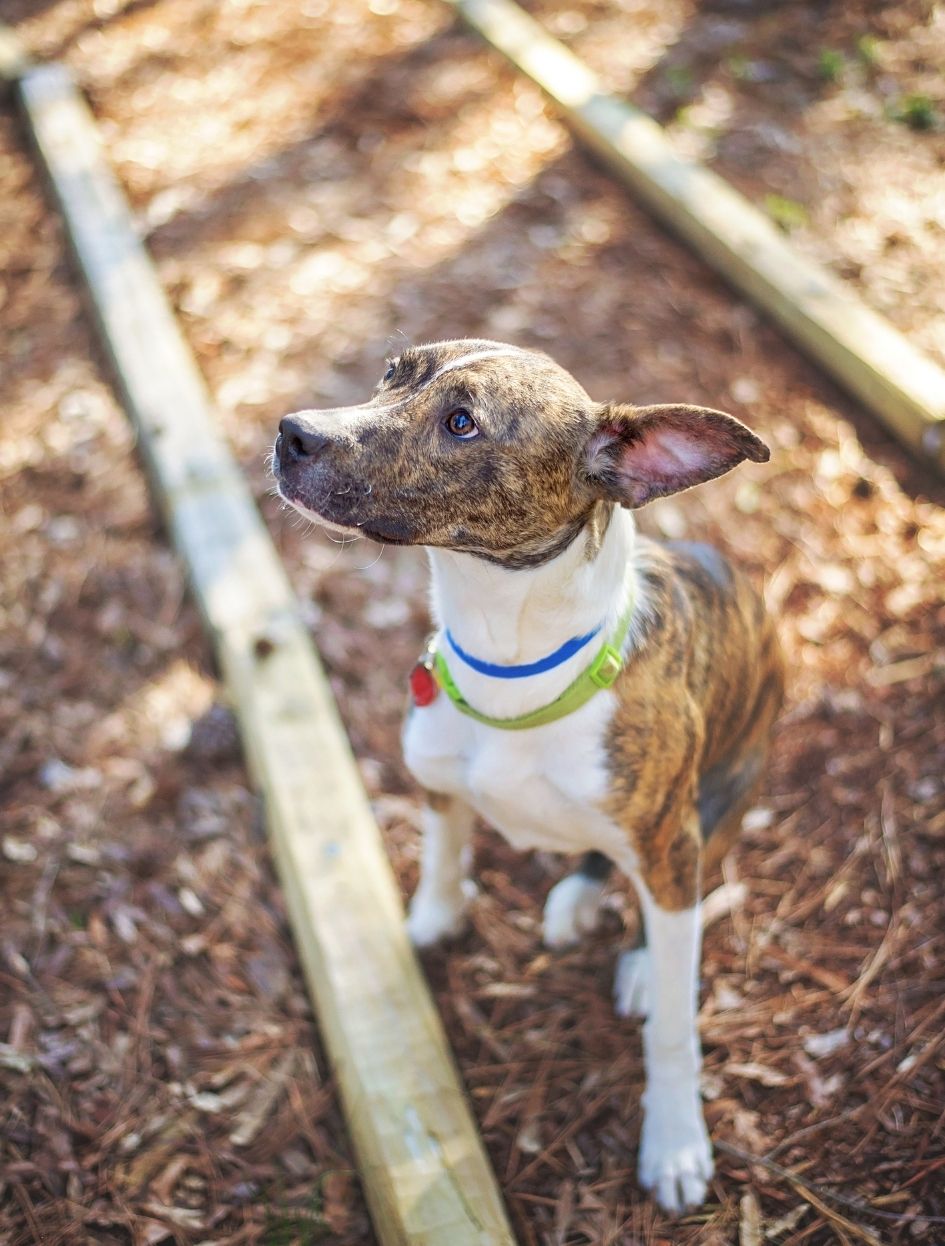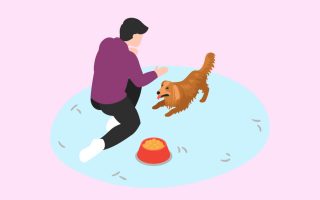Blue Heelers, or Australian Cattle Dogs, like most of the herding breeds, are incredibly faithful and love their owners with all their heart.
While this makes them perfect companions and great running or hiking buddies, their devotion can sometimes be a bit much.
If you get a puppy of this breed, you’ll likely pretty soon find yourself wondering why does my Blue Heeler follow me everywhere.
Even at home, they may follow you from room to room to the bathroom. Any moment without you, as the owner, in their sight, may make them restless and annoyed.
A lot of people enjoy this kind of unconditional love, but others may find it a little burdening.
So, if you’re thinking about owning a Blue Heeler, you’ll need to be certain that this won’t be a problem.
[wpsm_toplist]
Why Does My Blue Heeler Follow Me Everywhere?
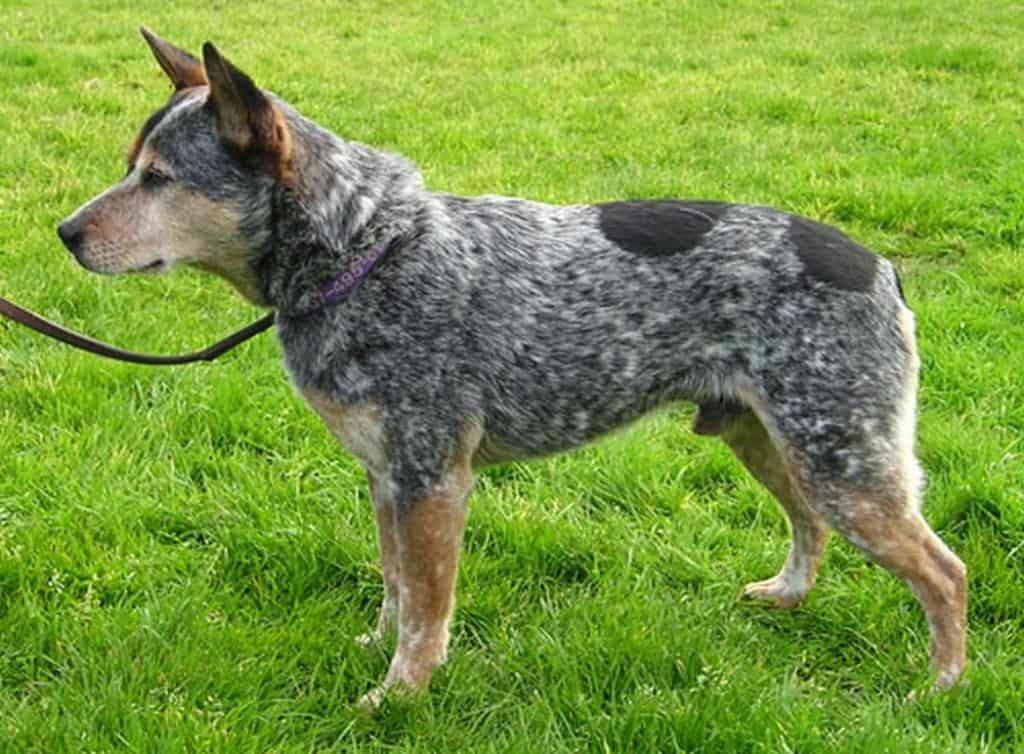
Blue Heeler Temperament
Dogs, Blue Heelers included, are natural pack animals. Once adopted, they start to view their owners as a part of their pack.
With dogs that were bred for herding, that bond becomes even stronger. Blue Heelers took care of other animals throughout their history.
Consequently, they see the well-being of owners as their responsibility and like to keep an eye on them at all times.
Their tendency to stick with their humans and follow them everywhere even earned them the nickname “velcro dogs”.
Besides genetics, there are a couple of other reasons for this excessive attachment to people.
Human Behavior
Before you ask why does my Blue Heeler follow me everywhere, you may want to stop and think if it could be your own fault.
It’s often the humans that are responsible for this behavior.
If every time you see your dog you give him a treat, praise, or pet him, they are going to try to stay close so they can receive more of those.
Also, sharing a bed with a dog at night can make it overdependent on being close to you.
Often, your pooch can become extra clingy if you move to a new house and neighborhood.
The move is often as stressful for dogs as it is for humans, and they try to stay close at all times as they look to the owner as a safe harbor in a new environment.
In addition, failing to provide your Australian Cattle Dog with proper exercise can also lead to them following your every step.
One of their main characteristics is that they’re tremendously active dogs and can easily get bored if not engaged in some sort of activity.
Since you’re mostly in charge of their entertainment, they’ll follow you around hoping to be given something to do.
Is It Bad If My Blue Heeler Follows Me Everywhere?
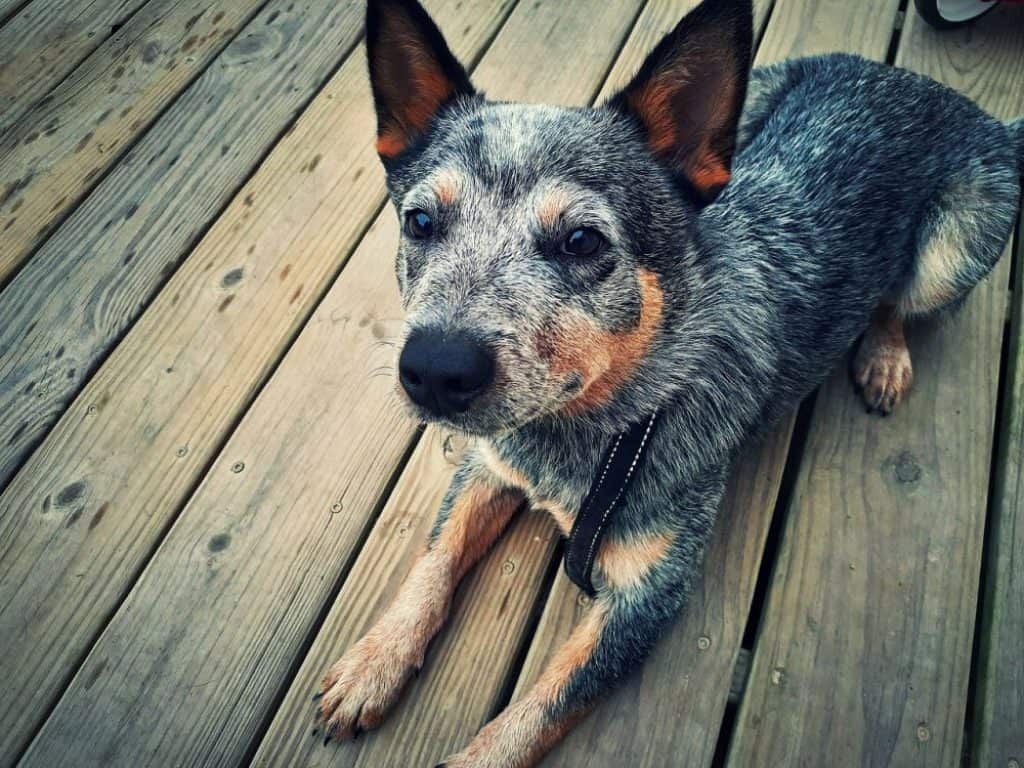
The fact that your Blue Heeler is constantly by your side is not inherently good nor bad.
Depending on the lifestyle, a lot of people enjoy this kind of behavior from their dogs. They love having their four-legged friends around and keeping them company.
Many owners can’t imagine going for a walk or for a run without their dog by their side.
On the other hand, many find it stressful and disturbing to their daily routine. That’s why it’s important to do proper research before purchasing or adopting a dog.
Although dog behavior often depends on training and individual genetics, some breeds are definitely more clingy than others.
For those who enjoy private time away from their pets, herding breeds, such as Blue Heeler, are definitely the ones to avoid.
Sometimes, your dog following you around can help discover some underlying issues. When a dog gets sick and is ailing, it can often feel scared and confusing.
Staying close to you and tracking your every step may be a coping mechanism for them.
If your Blue Heeler suddenly starts getting overly attached, it may be a sign to take it to the vet for a checkup.
Furthermore, some dogs become more clingy as they get older. When they reach a certain age, their eyes, ears, and joints don’t work as they used to.
They start feeling insecure and look to stay by the side of their humans for extra security and comfort.
How Do I Stop My Blue Heeler from Being So Clingy?
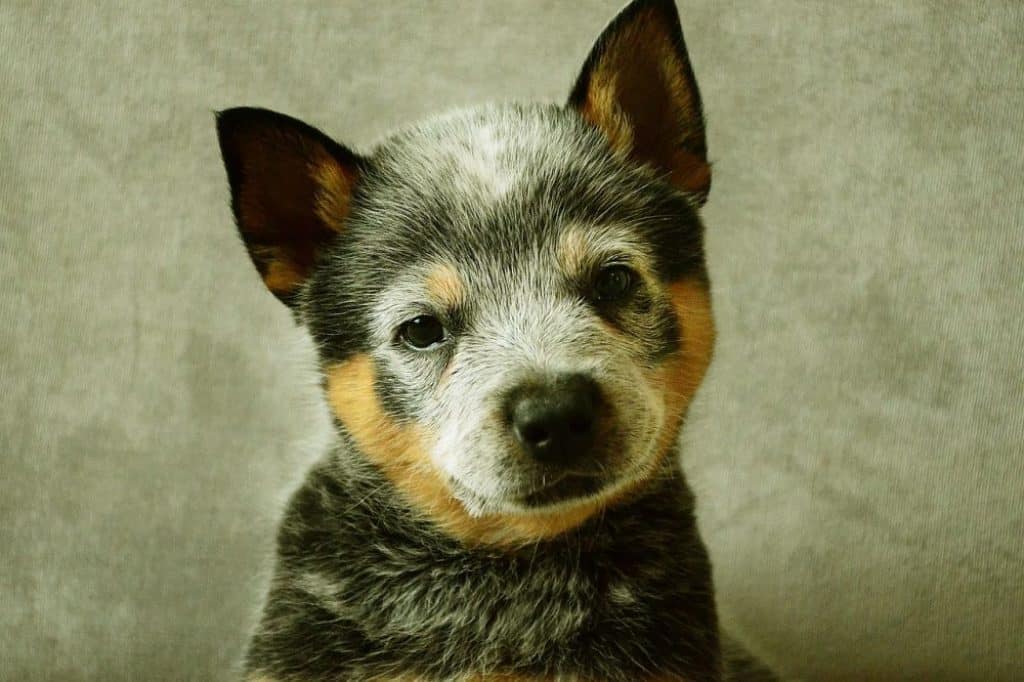
Your Blue Heeler’s constant following is not a particularly harmful behavior by itself. However, when it goes over a certain limit, it can get in the way of your normal everyday life.
That’s the point when you have to do something about it.
Identify The Triggers
The first step is identifying the triggers making the dog clingy.
Once you’ve found the cause, you can work on finding a way to alter the dog’s behavior.
If you own a dog like Blue Heeler who is genetically predisposed to be clingy, you can try desensitizing them to events that trigger such behavior.
These triggers may include, for example, you putting on your shoes or leaving the room.
If you perform these actions, but without the actual outcome, the dog will eventually learn to stop reacting to them every time.
Teach The “Stay” Command
Try to teach your dog the “stay” command. The goal is that they learn that they don’t have to follow you every time you go to the bathroom or kitchen.
You should start with short distances and gradually move further and further. Make sure to reward them every time they obey your command.
This should teach the dog that it’s not the end of the world to be left briefly alone.
Do More Exercise
Try to involve your Blue Heeler in as much physical activity as possible. This shouldn’t be too hard with Blue Heelers as they love to run.
This should make them spend more time resting when at home instead of following you every step.
As the saying goes “a tired dog is a good dog”.
Conclusion
Blue Heelers are wonderful family pets, loving, playful, and extremely loyal.
However, their unwavering devotion to the owner can sometimes make them a handful to deal with.
Having your dog following you everywhere you go is often cute and charming, but can easily become annoying.
When this happens it’s important to figure out whether it’s just a part of the dog’s personality or is there something else going on.
The key is to find a healthy balance. You want a dog that likes spending time with you, a companion for long walks or runs, and a partner in playful activities.
But, you also want a dog who’s fine when you’re not around and won’t get stressed the second you’re out of sight.
That’s why it’s crucial to help your dog understand its limits and teach him acceptable behavior.
It’s the only way to strike that precious balance.

